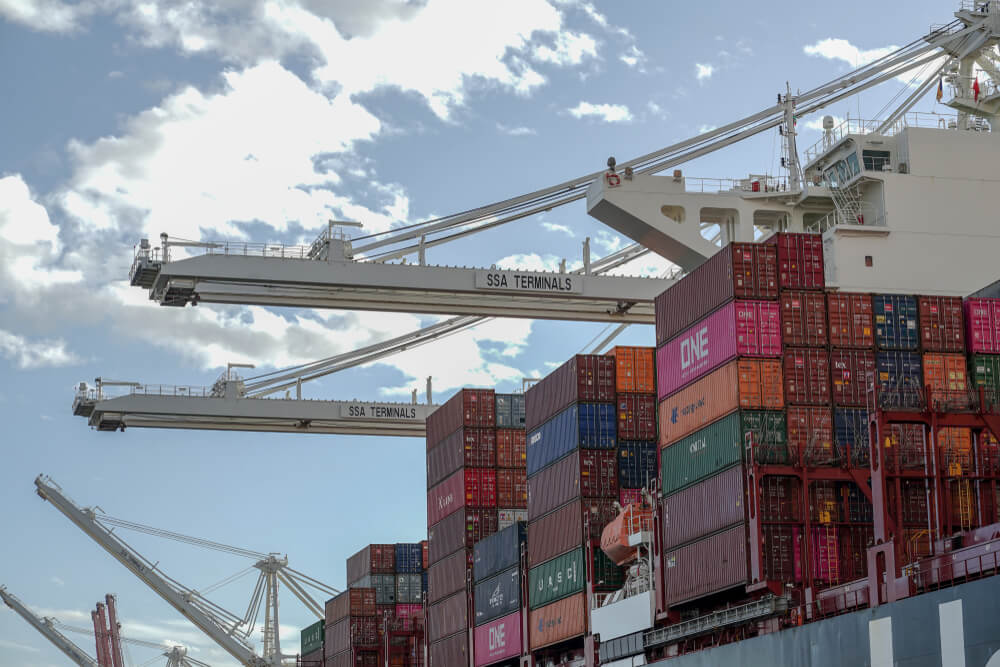
Truckers recently began hauling away cargo from the Port of Seattle’s newly-minted Terminal 5. The latest outlet for vessels idling off the West Coast is quickly proving to be an invaluable supply chain resource.
“This terminal brings much-needed capacity online to help mitigate the issues we’ve been having with the current supply chain congestion,” Northwest Seaport Alliance Director of Business Development Steve Balaski reportedly said.
The Northwest Seaport Alliance authorized construction of the Terminal 5 Modernization Program to the tune of $340 million to accommodate the world’s largest container ships. Another $140 was reportedly contributed by Stevedoring Services of America Terminals, and Terminal International Limited, bringing the grand total to just under a cool half-billion. Those efforts began back in 2015 and the fruits of that thought leadership couldn’t come at a more opportune time.
“In the Port of Seattle, it’ll probably increase our total capacity by about 40 percent,” Port Commission President Ryan Calkins reportedly said. “So, yeah. It’s enormous.”
The Port of Seattle joins the Port of Oakland in unclogging West Coast supply chains. Although California’s major ports extended hours of operation for truck drivers to pick up containers, large cargo vessels suffered lengthy delays. The ports of Long Beach and Los Angeles used the threat of container dwell fines to prompt retailers to pick up products more quickly. But, ultimately, rerouting ships to Oakland, San Diego, Houston, and Seattle, improved supply chain efficiency.
“We’re not going to see the dramatic growth in imports we saw this time last year, but the fact that volumes aren’t falling is a clear sign of continued consumer demand,” National Retail Federation Vice President for Supply Chain and Customs Policy Jonathan Gold reportedly said. “Last year set a new bar for imports, and the numbers remain high as consumers continue to spend despite COVID-19 and inflation. The slowdown in cargo growth will be welcome as the supply chain continues to try to adapt to these elevated volumes.”
According to a Global Port Tracker report, the U.S. is expected to move 13 million TEUs during the first six months of 2022 alone. That represents a 1.5 percent increase during the slower portion of the year. Last year, as many as 12 container ships idled in the Puget Sound waiting to offload.
“The demand that we saw prior to the pandemic was smaller than what we’re seeing now. We’re building out that capacity to accommodate that new level of demand,” Balaski reportedly said. “This terminal can help connect these containers to all across the country.”
With the half-open Terminal 5 and its massive cranes already moving cargo more effectively, the port appears poised for success. The infrastructure project remains on target for completion within two years. Truckers can anticipate increased freight hauling opportunities in the Pacific Northwest as a result.
Sources: foxbusiness.com, kuow.org, bizjournals.com, nrf.com











Leave a Comment